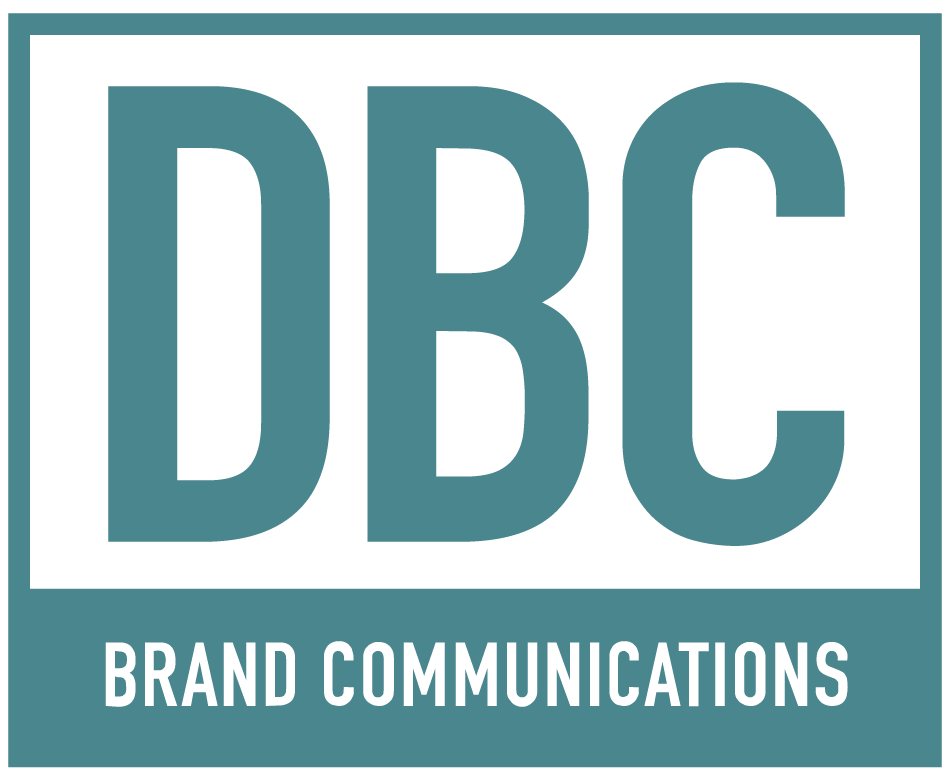Awards are a great opportunity for companies to showcase their solutions, executive thought leadership and expertise, company culture, and employees to elicit the attention of new business and talent. If you’re in pursuit of award recognition – especially for top industry awards – you’ll be entering into a very competitive landscape with hundreds of entrants. So, how do you get your award submissions to stand out and snag a win? Read on for five tips that I’ve found essential when it comes to writing winning submissions.
1. Read the entry criteria and categories carefully
Once you find an award you want to enter, make sure you’re reading the entry criteria and questions. This goes for both individual awards and business awards. If certain categories don’t align completely with what or who you want to nominate, don’t try to force it. For example, there may be an industry DEI award that you think would be perfect to submit an executive from your company who has notable accomplishments. However, the category you’ve had your eye on also requires that nominees are actively implementing change within their company, and the nominee you’ve had in mind doesn’t currently have that strong of a track record here. It would be best to table this nomination and possibly consider it for next year when your nominee has all the criteria covered.
Double-check that you’re answering what is specifically asked. If an entry question is asking what sets your nominee apart from other entrants but states that only meaningful accomplishments from that past year will be recognized, don’t go into your nominee’s background further than that. You can state that they’ve been leading a team for however many years only divulge the accomplishments of the nominee’s leadership for the period that’s been asked for.
When you’re writing an award submission for a campaign, typically questions will ask how it was developed based on objectives, how the campaign was executed, and how the objectives were met. You’ll want to be very detailed here and include as much performance data as possible while remaining concise and informative. If you’re submitting a solution that was used in the campaign, go into great detail on how your solution was the driving factor for the campaign’s success.
2. Highlight standout KPIs
KPIs are the bread and butter of an award submission since they provide the judges with hard evidence that support the claim you’re making. Impressive figures involving audience reach, ROAS, revenue growth, etc. are what will make your entry stand out and win.
For individual awards, KPIs can be achievements across a nominee’s career such as previous industry award recognition, examples of how a nominee’s job performance or leadership led to accomplished business goals, thought leadership initiatives like contributing to major industry events and publications, and mentorship experience.
3. Include supporting materials
Often times supporting material is optional for award submissions, but you should always try to include these when you submit an entry. Supporting materials do just that – they support what you’ve written and give the judges a better understanding of who or what you’re nominating.
Whether it’s links to articles from notable publications, screenshots of high-performing social posts, or positive client feedback, having these materials included in your submission paints a clearer picture and grabs the attention of the judges. A sizzle reel is highly encouraged since it’s a great attention grabber and more memorable.
4. Tell a story
Instead of answering entry questions directly, have your submission tell a story. You know the narrative that you’re trying to convey and that narrative should be immediately understood by the judges after reading your submission.
If you’re writing a submission for an individual award have your entry reflect the kind of leader that your nominee is. Are they passionate about diversity? Are they innovative? The same goes for company submissions – what are the pillars of the company? Once you pinpoint what your narrative is you can connect the dots for the judges with a fully fleshed-out story.
5. Ensure your submission is error-free
Once you feel you’re submission is strong and well-written, don’t risk submitting with spelling, grammatical, or data errors. Read through the submission a few times and double-check that whatever data you included is accurate and that there are no misspellings. Having another pair of eyes to look over your work can also help catch something you may have missed!

